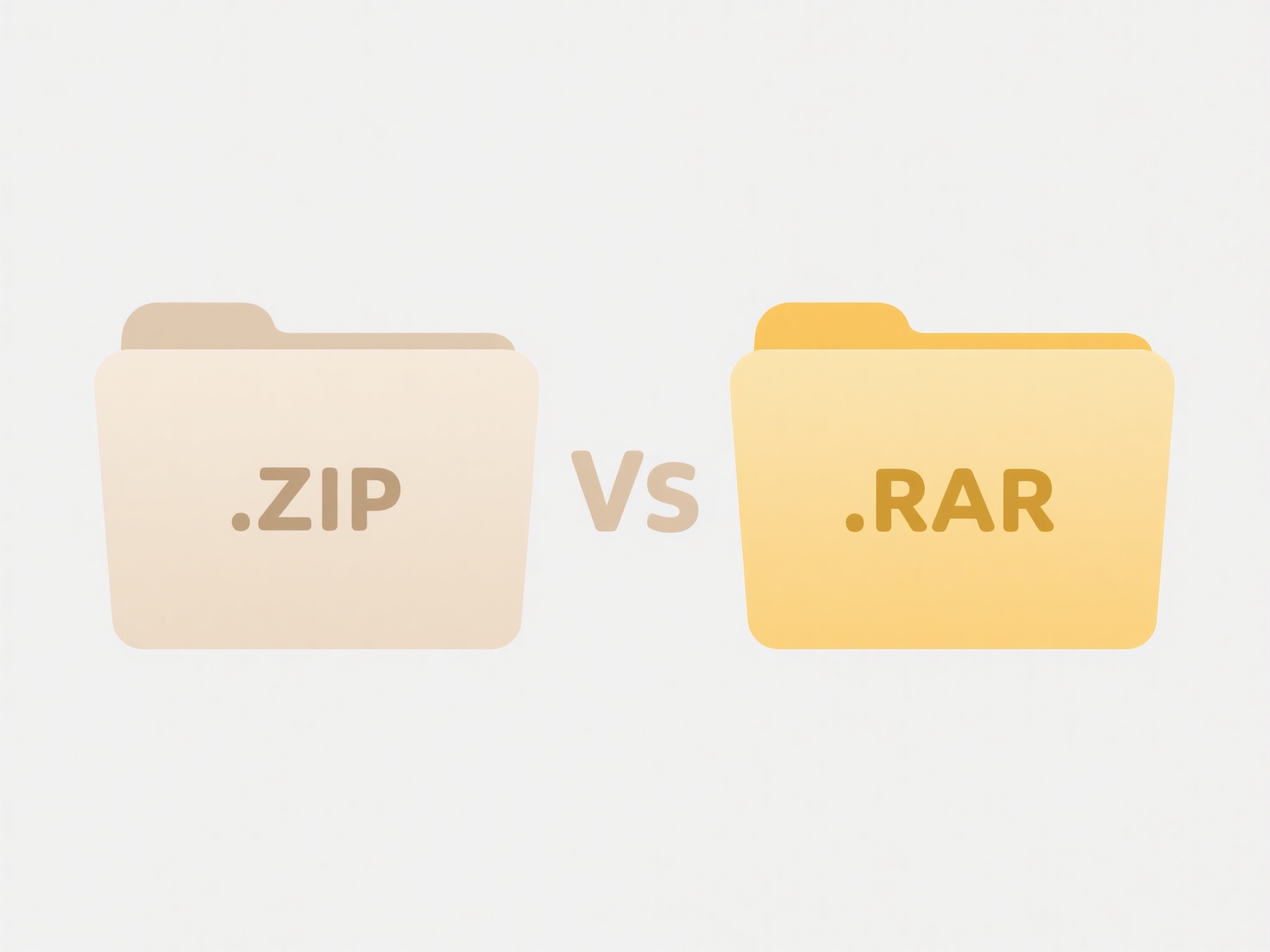
File renaming can significantly improve clarity in search results and indexing. While the actual file contents remain unchanged, the filename itself serves as important metadata. Search engines and operating systems analyze filenames to understand context and relevance during queries. A descriptive name, rather than a generic one (like "Document1.pdf"), provides explicit clues about the file's subject matter, making it easier for indexing systems to categorize and retrieve accurately.

For example, a researcher might replace "Notes.docx" with "2023_ClimateStudy_Methodology_Notes.docx" for easier retrieval amidst thousands of files. Similarly, a photographer could rename "IMG_1234.jpg" to "Paris_Landscape_EiffelTower_Sunset.jpg", improving discoverability in digital asset management systems or cloud storage platforms. Such structured naming is common in project management, academia, and digital archiving.
The main advantage is vastly improved searchability and user efficiency, reducing time spent locating files. However, renaming only affects the filename metadata; it doesn't alter deep file content indexing (like text within a PDF). Poorly chosen names or excessive length can still hinder searches. While AI tools may offer auto-renaming in the future, manually creating logical, concise filenames remains an effective best practice for personal and shared file organization.
Can renaming a file improve clarity in search results or indexing?
File renaming can significantly improve clarity in search results and indexing. While the actual file contents remain unchanged, the filename itself serves as important metadata. Search engines and operating systems analyze filenames to understand context and relevance during queries. A descriptive name, rather than a generic one (like "Document1.pdf"), provides explicit clues about the file's subject matter, making it easier for indexing systems to categorize and retrieve accurately.

For example, a researcher might replace "Notes.docx" with "2023_ClimateStudy_Methodology_Notes.docx" for easier retrieval amidst thousands of files. Similarly, a photographer could rename "IMG_1234.jpg" to "Paris_Landscape_EiffelTower_Sunset.jpg", improving discoverability in digital asset management systems or cloud storage platforms. Such structured naming is common in project management, academia, and digital archiving.
The main advantage is vastly improved searchability and user efficiency, reducing time spent locating files. However, renaming only affects the filename metadata; it doesn't alter deep file content indexing (like text within a PDF). Poorly chosen names or excessive length can still hinder searches. While AI tools may offer auto-renaming in the future, manually creating logical, concise filenames remains an effective best practice for personal and shared file organization.
Quick Article Links
What is the difference between .html and .htm?
.html and .htm both denote files containing HyperText Markup Language, the core code for structuring web pages. They rep...
Why does my file save in the wrong folder?
Files might save to an unexpected location due to the interplay between default settings and the last folder used by an ...
Can I rename test result files by test name?
Renaming test result files by test name means customizing test output file names using the actual names of the test case...